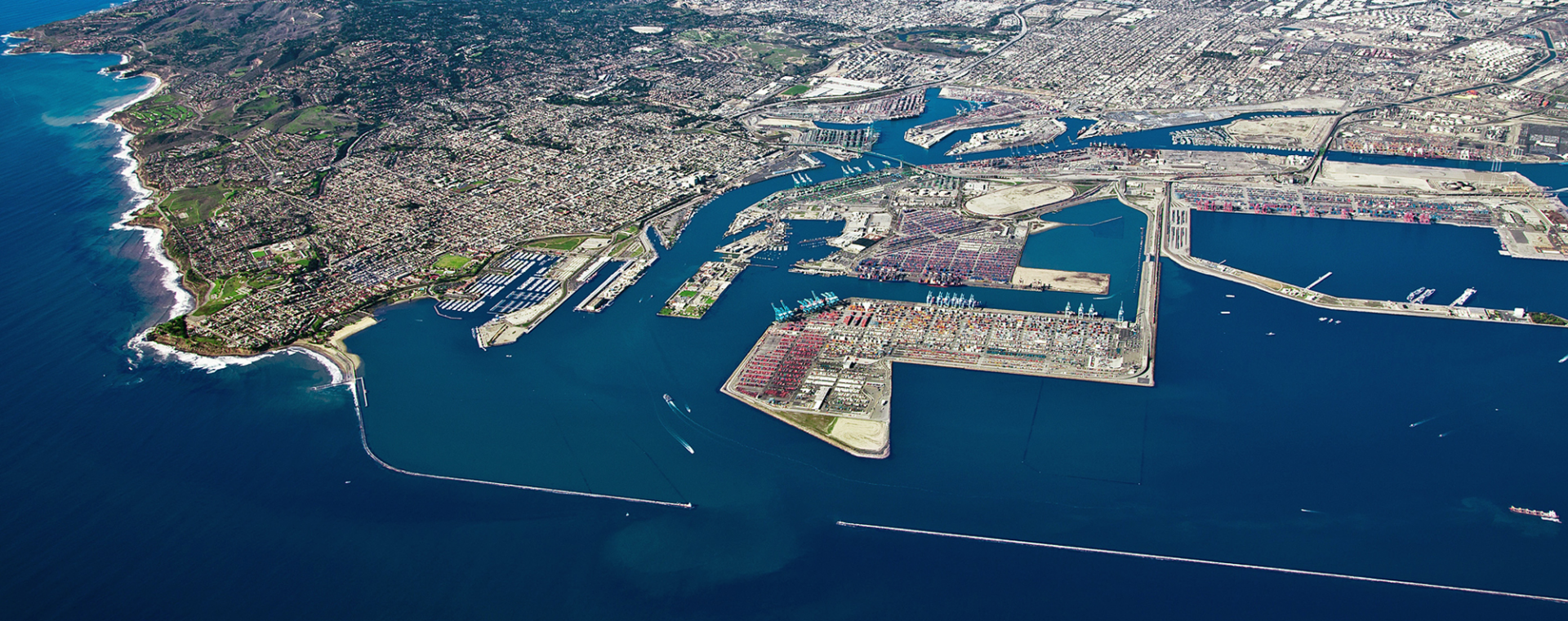Los Angeles County Sanitation Districts


OUR MISSION
The Sanitation Districts protect public health and the environment through innovative and cost-effective wastewater and solid waste management, and in doing, so convert waste into resources such as recycled water, energy and recycled materials.
ORGANIZATION
The Sanitation Districts function on a regional scale and consist of 24 independent special districts serving about 5.5 million people in Los Angeles County. The service area covers approximately 824 square miles and encompasses 78 cities and unincorporated territory within the county.
GETTING THE JOB DONE
The Sanitation Districts were created in 1923 when a significant number of cities were forming and it was clear that managing wastewater on a regional scale made sense. The Sanitation Districts' purpose was to construct, operate, and maintain facilities that collect, treat, recycle, and dispose of domestic and industrial wastewater. Individual districts operate and maintain the district-owned collection systems. Cities and unincorporated areas within a district are responsible for their smaller local collection systems.
Cities and unincorporated parts of the county are also responsible for the collection of solid waste. In the 1950s, it became apparent that solid waste management would benefit from a regional approach. At that time, the Sanitation Districts were given the responsibility to provide for the management of collected solid waste, including disposal and transfer operations, and materials and energy recovery.
To maximize efficiency and reduce costs, the 24 Sanitation Districts work cooperatively under a Joint Administration Agreement with one administrative staff headquartered near the City of Whittier. Each Sanitation District has a Board of Directors consisting of the mayor of each city and the Chair of the Board of Supervisors for unincorporated territory. Each Sanitation District pays its proportionate share of joint administrative costs

OUR MISSION
The Sanitation Districts protect public health and the environment through innovative and cost-effective wastewater and solid waste management, and in doing, so convert waste into resources such as recycled water, energy and recycled materials.
ORGANIZATION
The Sanitation Districts function on a regional scale and consist of 24 independent special districts serving about 5.5 million people in Los Angeles County. The service area covers approximately 824 square miles and encompasses 78 cities and unincorporated territory within the county.
GETTING THE JOB DONE
The Sanitation Districts were created in 1923 when a significant number of cities were forming and it was clear that managing wastewater on a regional scale made sense. The Sanitation Districts' purpose was to construct, operate, and maintain facilities that collect, treat, recycle, and dispose of domestic and industrial wastewater. Individual districts operate and maintain the district-owned collection systems. Cities and unincorporated areas within a district are responsible for their smaller local collection systems.
Cities and unincorporated parts of the county are also responsible for the collection of solid waste. In the 1950s, it became apparent that solid waste management would benefit from a regional approach. At that time, the Sanitation Districts were given the responsibility to provide for the management of collected solid waste, including disposal and transfer operations, and materials and energy recovery.
To maximize efficiency and reduce costs, the 24 Sanitation Districts work cooperatively under a Joint Administration Agreement with one administrative staff headquartered near the City of Whittier. Each Sanitation District has a Board of Directors consisting of the mayor of each city and the Chair of the Board of Supervisors for unincorporated territory. Each Sanitation District pays its proportionate share of joint administrative costs
